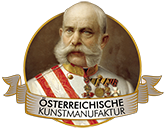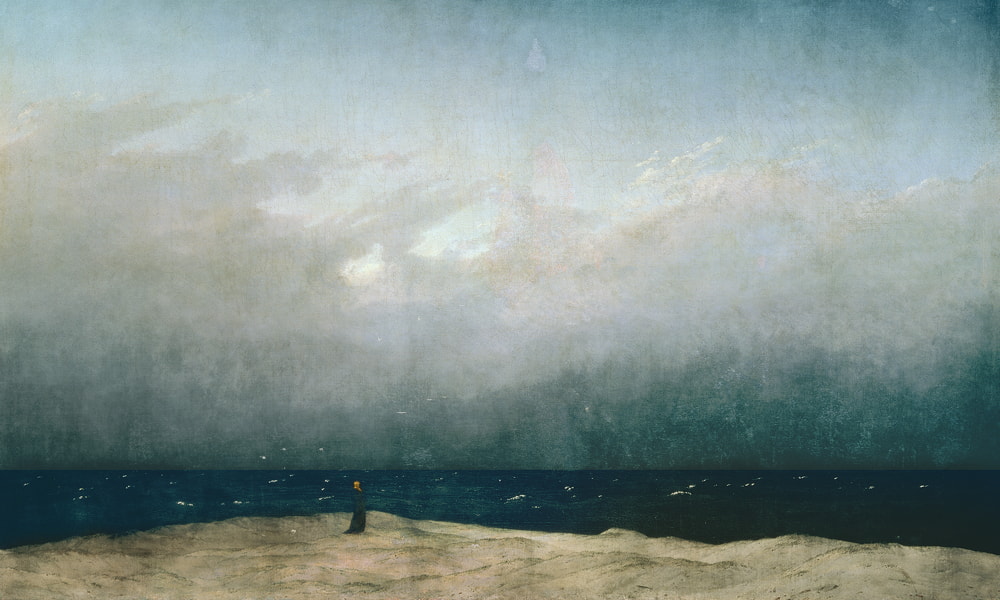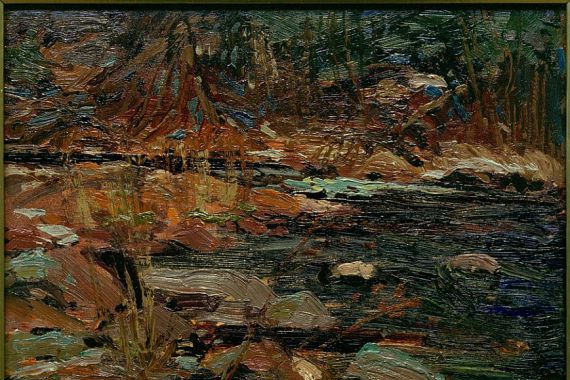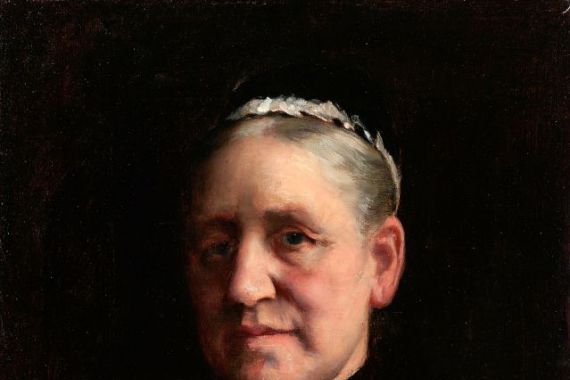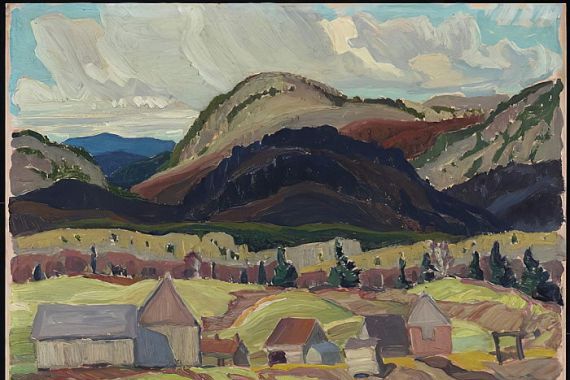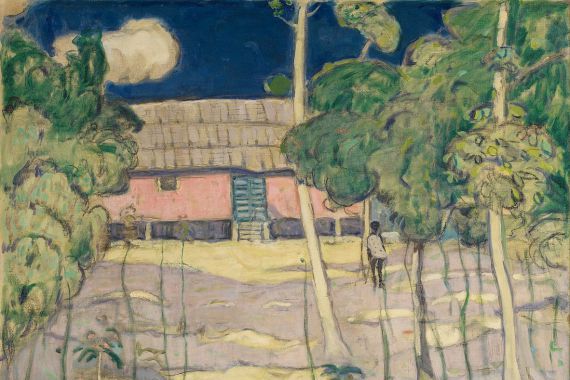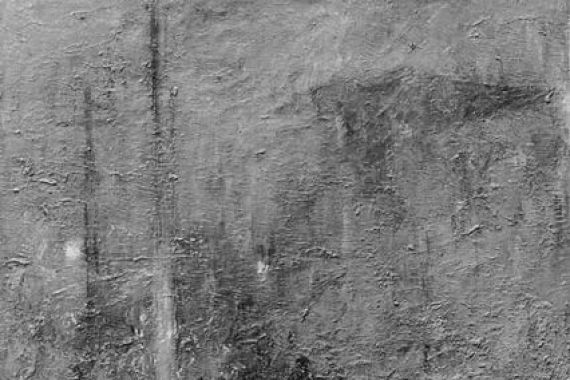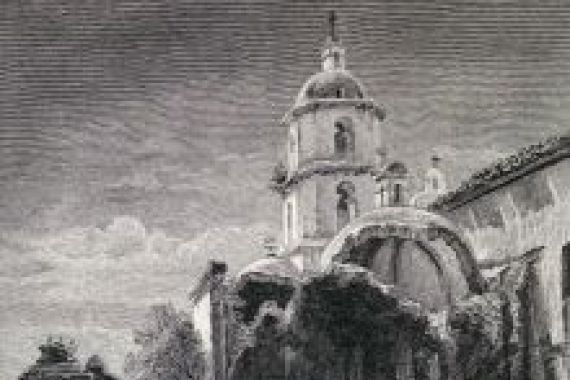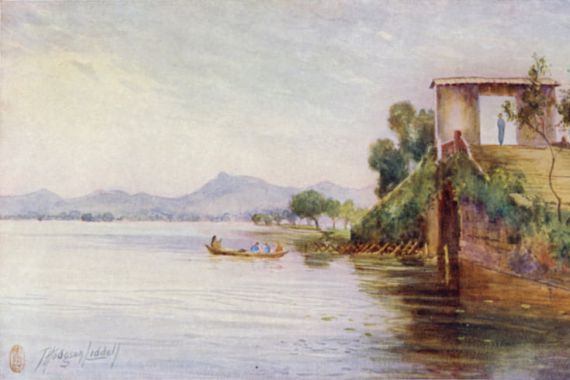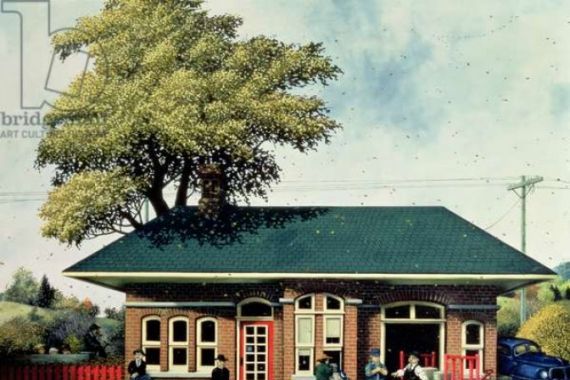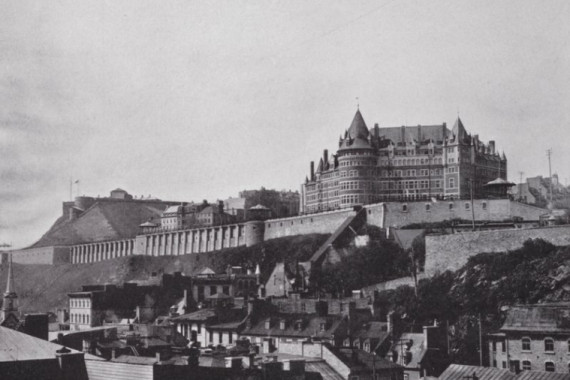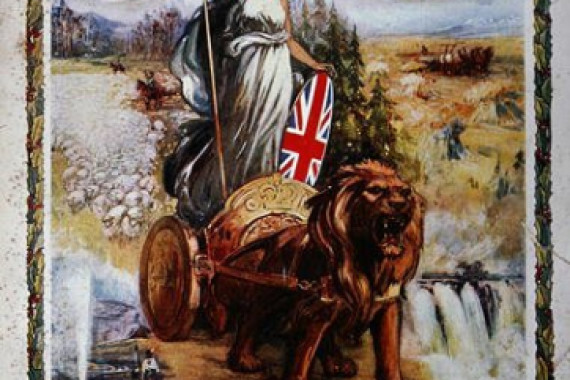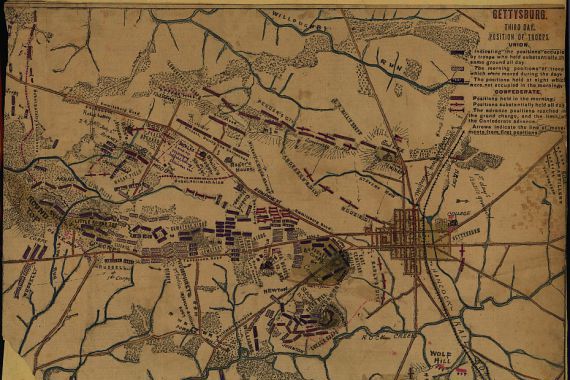A hint of pine resin and the soft cracking of branches underfoot - this is how a Canadian morning begins, when the mist still lies like a delicate veil over the endless lakes and forests. In this light, which shimmers between blue and silver, nature itself seems to be wielding the brush. Canada's painting is an echo of this vastness, an attempt to capture the immensity that stretches between the tundra and the Pacific, between the prairies and the Atlantic. Anyone who has ever stood in front of a painting by Lawren Harris can feel the cool clarity of the northern landscapes, as if the wind were blowing through the canvas. The artists of the famous "Group of Seven" were not just looking for motifs, but for an identity - they wanted to visualise the essence of Canada, beyond European traditions. Their oil paintings are not mere depictions, but poetic condensations of light, colour and stillness that celebrate the country in its originality.
But Canada's art history is much more than majestic landscapes. In the vibrant streets of Montréal, where French and English influences meet, a scene emerged that was dedicated to experimentation: the automatists around Paul-Émile Borduas were guided by dreams and inner impulses, their gouaches and drawings are like notes from another world - spontaneous, wild, full of energy. Meanwhile, indigenous artists such as Norval Morrisseau discovered painting as a language to tell ancient myths and stories in bright colours and powerful lines. Morrisseau's works, often in tempera or acrylic on paper, are windows into a spiritual world in which animals, people and nature are inextricably linked. This art is not only expression, but also resistance - an insistence on cultural independence in an often overheard voice.
Finally, photography has developed a magic of its own in Canada. The camera has become a tool for documenting the vastness of the country, but also for capturing social change. Yousuf Karsh, who had his studio in Ottawa, portrayed personalities with an intensity that seemed to expose their souls - from Winston Churchill to Albert Einstein. At the same time, artists such as Jeff Wall used photography to create staged scenes that transformed everyday moments into grand narratives. Canadian printmaking, for example by Betty Goodwin, shows how expressive etchings and lithographs can be: Her prints often have a melancholy beauty that captures the fleeting and vulnerable aspects of life.
Canada's art is a kaleidoscope of light, colour and stories. It is characterised by the longing for vastness, the search for identity and the power to combine opposites: Nature and city, tradition and modernity, stillness and new beginnings. Anyone who engages with this art will feel the pulse of a country that wants to be rediscovered in every brushstroke, every photograph and every drawing.
A hint of pine resin and the soft cracking of branches underfoot - this is how a Canadian morning begins, when the mist still lies like a delicate veil over the endless lakes and forests. In this light, which shimmers between blue and silver, nature itself seems to be wielding the brush. Canada's painting is an echo of this vastness, an attempt to capture the immensity that stretches between the tundra and the Pacific, between the prairies and the Atlantic. Anyone who has ever stood in front of a painting by Lawren Harris can feel the cool clarity of the northern landscapes, as if the wind were blowing through the canvas. The artists of the famous "Group of Seven" were not just looking for motifs, but for an identity - they wanted to visualise the essence of Canada, beyond European traditions. Their oil paintings are not mere depictions, but poetic condensations of light, colour and stillness that celebrate the country in its originality.
But Canada's art history is much more than majestic landscapes. In the vibrant streets of Montréal, where French and English influences meet, a scene emerged that was dedicated to experimentation: the automatists around Paul-Émile Borduas were guided by dreams and inner impulses, their gouaches and drawings are like notes from another world - spontaneous, wild, full of energy. Meanwhile, indigenous artists such as Norval Morrisseau discovered painting as a language to tell ancient myths and stories in bright colours and powerful lines. Morrisseau's works, often in tempera or acrylic on paper, are windows into a spiritual world in which animals, people and nature are inextricably linked. This art is not only expression, but also resistance - an insistence on cultural independence in an often overheard voice.
Finally, photography has developed a magic of its own in Canada. The camera has become a tool for documenting the vastness of the country, but also for capturing social change. Yousuf Karsh, who had his studio in Ottawa, portrayed personalities with an intensity that seemed to expose their souls - from Winston Churchill to Albert Einstein. At the same time, artists such as Jeff Wall used photography to create staged scenes that transformed everyday moments into grand narratives. Canadian printmaking, for example by Betty Goodwin, shows how expressive etchings and lithographs can be: Her prints often have a melancholy beauty that captures the fleeting and vulnerable aspects of life.
Canada's art is a kaleidoscope of light, colour and stories. It is characterised by the longing for vastness, the search for identity and the power to combine opposites: Nature and city, tradition and modernity, stillness and new beginnings. Anyone who engages with this art will feel the pulse of a country that wants to be rediscovered in every brushstroke, every photograph and every drawing.
×



